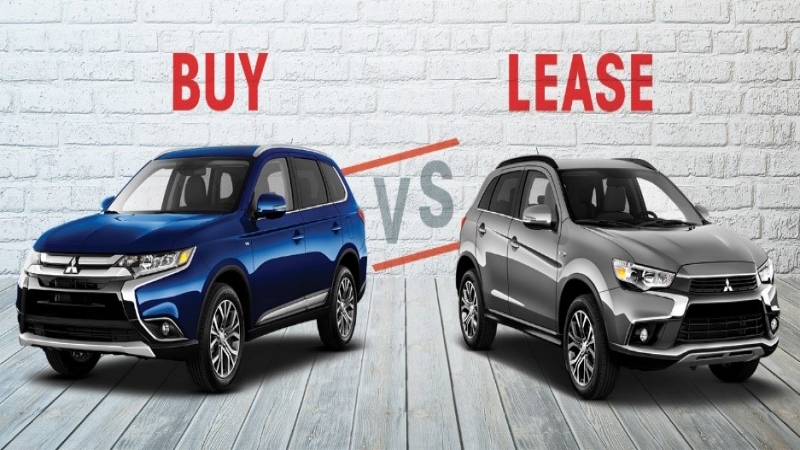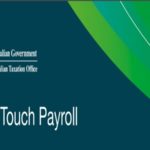A vehicle generally sits behind a property in terms of the largest purchase we are likely to make. Therefore it is important to make sure we get the financing right!
There are several options we have when buying a vehicle, each with their own pros and cons. They are as follows:
Chattel Mortgage
This is effectively a loan to purchase a vehicle. In essence it is the same as a secured car loan, however the asset is to be primarily used for business. The buyer takes ownership of the vehicle at the time of purchase, and makes regular repayments.
The Pros and Cons are as follows:
- Loan terms generally range from 1 to 7 years; so the repayments may be adjusted to suit the clients needs and available cashflow
- Some lenders will allow for a balloon payment – this reduces the monthly repayment, however the balloon payment will be due on completion of the loan
- Input Tax Credits may be claimable if you are registered for GST
- If the vehicle is used for business purposes, you may be able to claim a tax deduction
- The tax deduction is generally lower than that of a lease
Novated Lease
This is a 3 way arrangement between the client, their employer and the financier. Repayments are taken out of the clients pre-tax income each pay run, generally through a salary sacrifice arrangement
The Pros and Cons are as follows:
- Whilst there are tax benefits to a novated lease, this is dependent upon your marginal rate of tax
- Historically, the benefit of a novated lease increased with the number of kilometres travelled, due to a tired FBT (Fringe Benefits Tax) system. This however was changed in 2011 to a flat rate, and therefore novated leases are now a more attractive option for those travelling shorter distances than in the past
- At the end of the lease the vehicle must be returned to the financier (some financiers will allow the vehicle to be purchased)
Operating Lease
This is where a business leases a vehicle for the use of an employee. These leases will generally include annual maintenance costs (and a set of tyres every 4 years), and some include fuel
The Pros and Cons are as follows:
- The user must maintain a log for the ATO to demonstrate the proportion of driving that is work related vs non work related. The tax benefit is directly related to the work component of use
- Operating leases are generally more expensive than other equivalents
- By encapsulating running costs in to the monthly charge, cashflow can be smoothed (no unexpected servicing costs)
- If the vehicle exceeds the agreed upon kilometres, there will be additional charges to pay
If you are considering a new vehicle for personal or business use, contact one of the team at Flexible Capital to see which option is best for you.




